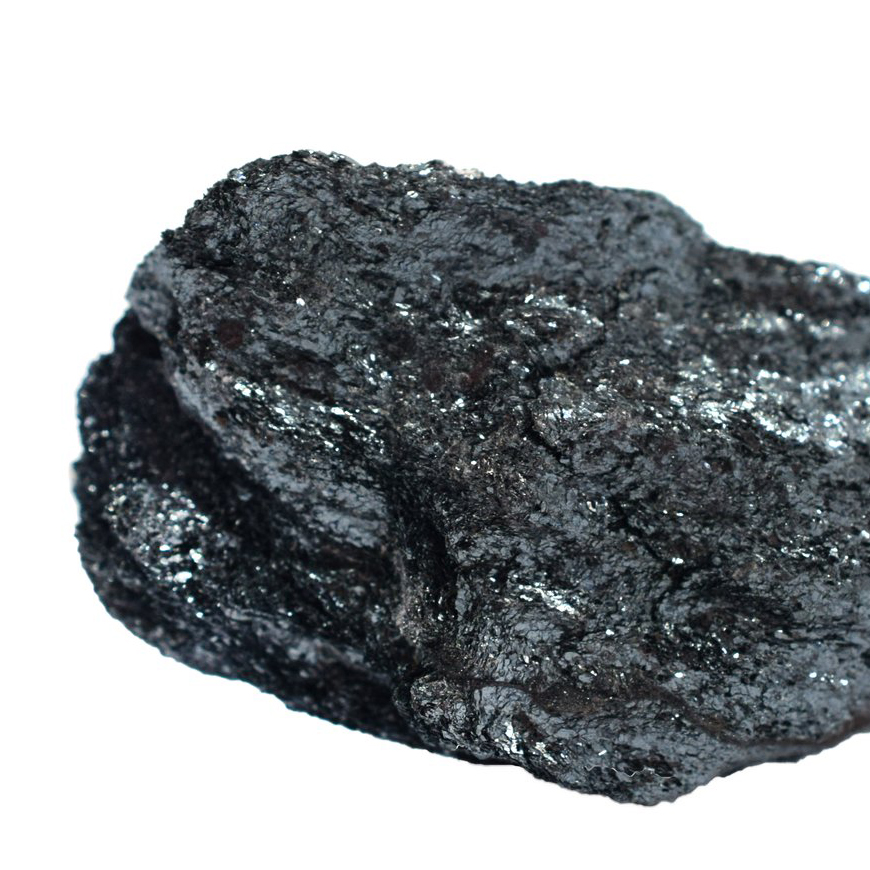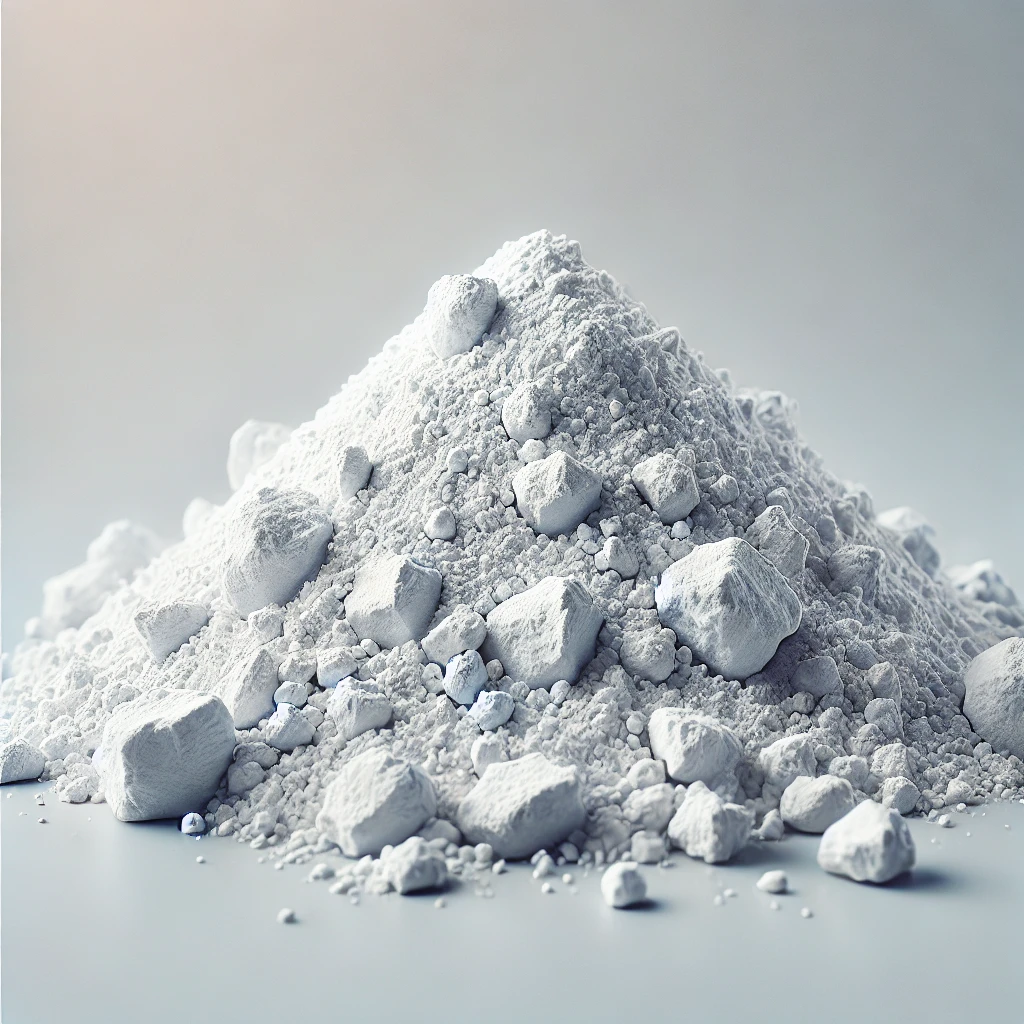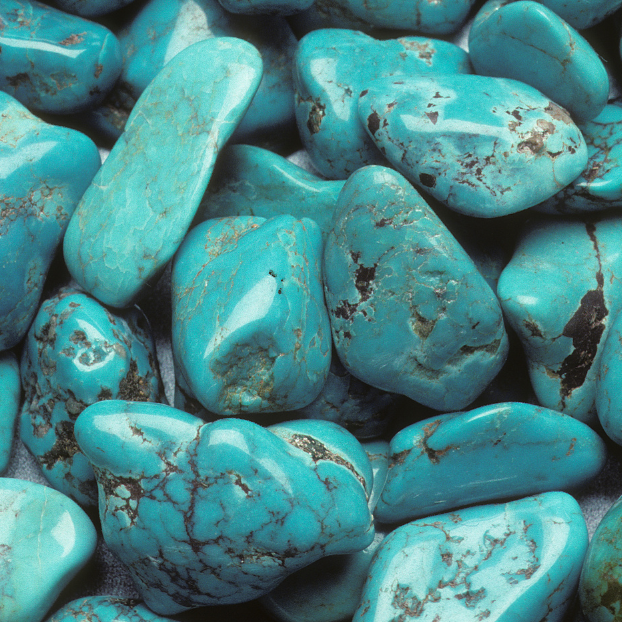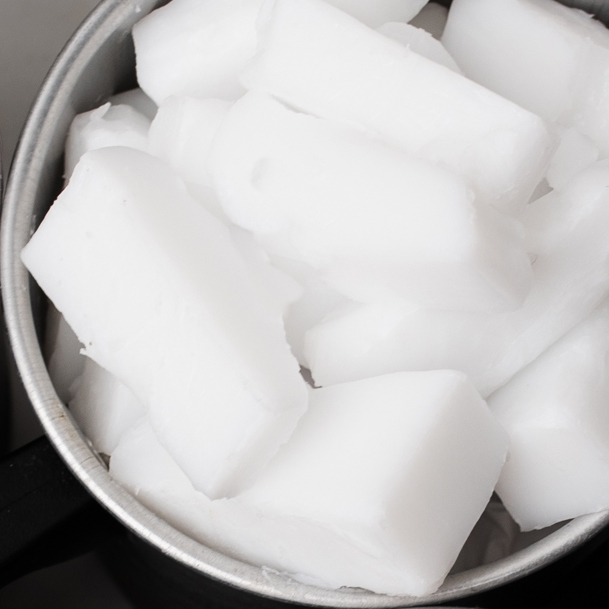Hematite is an iron oxide mineral with the chemical formula “Fe₂O₃”. It is one of the most important iron ores, as it contains a high percentage of iron. Hematite appears in a variety of colors, ranging from metallic gray or black to reddish-brown, depending on its form and impurities. It has a distinctive reddish streak when scratched on a streak plate, which is a key diagnostic property.
Key Characteristics:
– Chemical composition: Fe₂O₃ (Iron(III) oxide)
– Color: Metallic gray, black, or red
– Streak: Red to reddish-brown
– Luster: Metallic or earthy
– Hardness: 5.5–6.5 on the Mohs scale
– Crystal system: Hexagonal
– Specific gravity: 5.26
– Magnetic properties: Hematite itself is weakly magnetic, but it may contain impurities like magnetite, which are more strongly magnetic.
Formation and Occurrence:
Hematite forms in both sedimentary and igneous rocks and is commonly found in banded iron formations (BIFs). It can also form through hydrothermal processes and in weathered zones of iron-bearing minerals.
Uses:
Hematite is primarily mined for its iron content, which is used in steel production. Additionally, it has been used historically as a pigment (known as “red ochre”) and is sometimes polished and used as a gemstone in jewelry.










